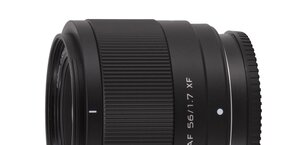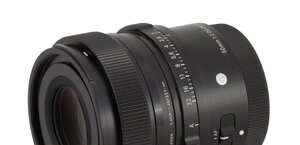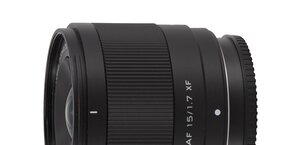Olympus Zuiko Digital 35-100 mm f/2.0
4. Image resolution
Let’s see how the lens performs in the frame centre.
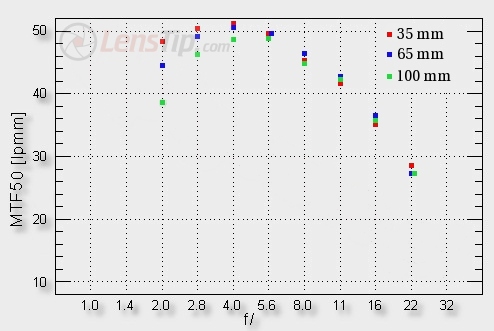
Please Support UsIf you enjoy our reviews and articles, and you want us to continue our work please, support our website by donating through PayPal. The funds are going to be used for paying our editorial team, renting servers, and equipping our testing studio; only that way we will be able to continue providing you interesting content for free. |
- - - - - - - - - - - - - - - - - - - - - - - - - - - - - - - - - - - - - - - - - - - - - - - -
Such graphs you would like to see more often. The results in the 35-65 mm range at maximum relative aperture are excellent. On stopping down the situation becomes even better. Really it would be difficult to find a system standard prime lens which would have noticeable better results than the ZD 35-100 mm by f/2.8-11. At the maximum focal length the lens fares a bit worse and the difference is the most pronounced at the maximum relative aperture. Even there, though, the value a tad above 38 lpmm guarantees images of at least good quality. On stopping down to f/2.8 the situation improves and the images become simply beyond reproach.
Now let’s have a look at the frame edge performance, presented on the graph below.
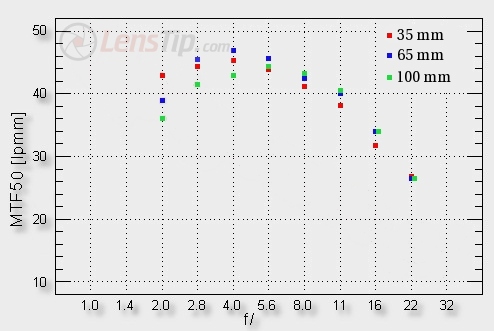
Here again the situation is difficult to fault. The results are relatively even at all focal lengths (once again 100 mm is a bit worse than the 35-65 mm range) and fully useful up from the maximum relative aperture. On stopping down by 1 EV the image becomes simply splendid.
We have tested several 70-200 mm f/2.8 class lenses so far. This group includes both older Canons, Nikkors, Sigmas and a new Tamron. Undoubtedly the Olympus 35-100 mm fared the best of all when it comes to resolution. Because of that we are even more curious, how the new 70-200 mm f/2.8 lenses from Canon, Nikon or Sigma will fare. Their duel with Olympus promises to be very exciting.
 |




